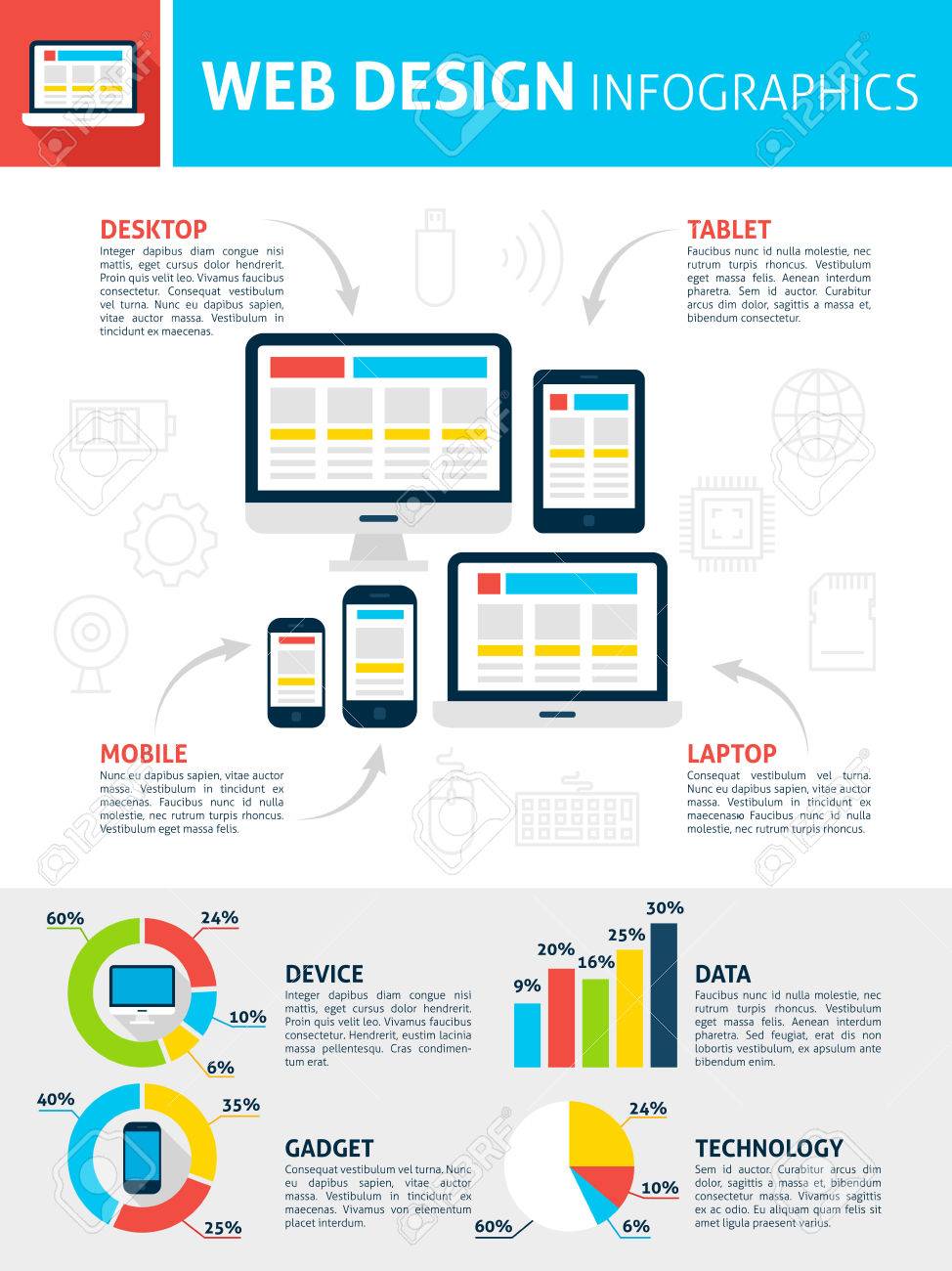Intrigued In Discovering How Web Site Layout Has Progressed? Explore The Journey From Straightforward Designs To User-Centric Strategies
Intrigued In Discovering How Web Site Layout Has Progressed? Explore The Journey From Straightforward Designs To User-Centric Strategies
Blog Article
Material Composed By-Abel Wong
In the past, websites were simple and concentrated on information. Navigation was straight, and style was for desktops. Currently, customer experience is essential. Information overviews designs for very easy navigating. Receptive formats suit different tools. Today, dark setting minimizes stress, and minimalist menus improve navigating. premium managed wordpress hosting involve users, and bold visuals stand out. AI combination enhances involvement. See how style has advanced to enhance your on the internet trip.
Early Days of Website Design
In the very early days of web design, simplicity reigned supreme. Internet sites were basic, with limited shades, fonts, and formats. The focus was on giving details rather than showy visuals. Users accessed the internet via slow dial-up connections, so rate and functionality were essential.
Navigation food selections were straightforward, typically situated on top or side of the page. Web sites were created for home computer, as mobile surfing wasn't yet widespread. Content was king, and developers prioritized simple readability over complex design aspects.
HTML was the main coding language utilized, and designers had to work within its restraints. Computer animations and interactive attributes were minimal contrasted to today's criteria. Internet sites were fixed, with little dynamic content or individualized user experiences.
Rise of User-Focused Design
With the evolution of site design, a shift towards user-focused design concepts has come to be increasingly prominent. Today, developing websites that focus on individual experience is crucial for engaging visitors and achieving service goals. User-focused layout includes recognizing the needs, choices, and actions of your target market to tailor the site's format, web content, and features appropriately.
Designers currently conduct comprehensive research, such as individual studies and functionality testing, to gather understandings and comments straight from customers. This data-driven method aids in developing instinctive navigating, clear calls-to-action, and aesthetically appealing interfaces that reverberate with visitors. By putting the customer at the facility of the style procedure, internet sites can provide a more tailored and enjoyable experience.
Receptive design has also emerged as a key aspect of user-focused design, making certain that websites are enhanced for various tools and display dimensions. This flexibility improves accessibility and functionality, accommodating the diverse methods users connect with web sites today. Basically, the increase of user-focused layout represents a shift in the direction of developing digital experiences that focus on the needs and expectations of the end user.
Modern Trends in Web Design
Check out the most recent fads forming website design today. https://www.bangkokpost.com/thailand/pr/2247063/digital-marketing-tactics-for-owners-to-increase-sales-chat-and-customer-service is dark setting design, using a streamlined and modern appearance while decreasing eye pressure in low-light atmospheres. Another vital fad is minimalist navigating, streamlining food selections and boosting individual experience by focusing on essential elements. Including micro-interactions, such as computer animated switches or scrolling results, can create a much more interesting and interactive internet site. Responsive design stays vital, guaranteeing seamless user experiences throughout numerous gadgets. In addition, making use of strong typography and unbalanced layouts can include visual interest and draw attention to specific content.
Integrating AI modern technology, like chatbots for consumer support or individualized referrals, improves user engagement and simplifies procedures. Ease of access has likewise come to be a considerable pattern, with developers prioritizing inclusive style techniques to deal with varied individual demands. Accepting sustainability by maximizing internet site efficiency for rate and efficiency is one more arising pattern in website design. Working together with personalised website content and data analytics to iterate and enhance style constantly is vital for remaining appropriate in the ever-evolving digital landscape. By welcoming these contemporary fads, you can develop a visually attractive, straightforward web site that resonates with your target market.
Verdict
As you reflect on the development of site layout from the early days to now, you can see just how user-focused style has come to be the driving force behind contemporary patterns.
Welcome the journey of modification and adjustment in web design, always keeping the user experience at the center.
Stay current with the latest fads and innovations, and never ever stop progressing your approach to create aesthetically magnificent and straightforward web sites.
Evolve, adjust, and create - the future of web design remains in your hands.
